Overview of Common Psychiatric Medications: A Comprehensive Guide

Introduction
Psychiatric medications play a vital role in mental health treatment, often working alongside therapy to help manage symptoms and improve quality of life. Understanding these medications their uses, benefits, and potential drawbacks can empower patients and their loved ones to make informed decisions about treatment.
This guide provides an overview of the major classes of psychiatric medications, how they work, and what patients should know when considering pharmacological treatment for mental health conditions.
The Role of Medication in Mental Health Treatment
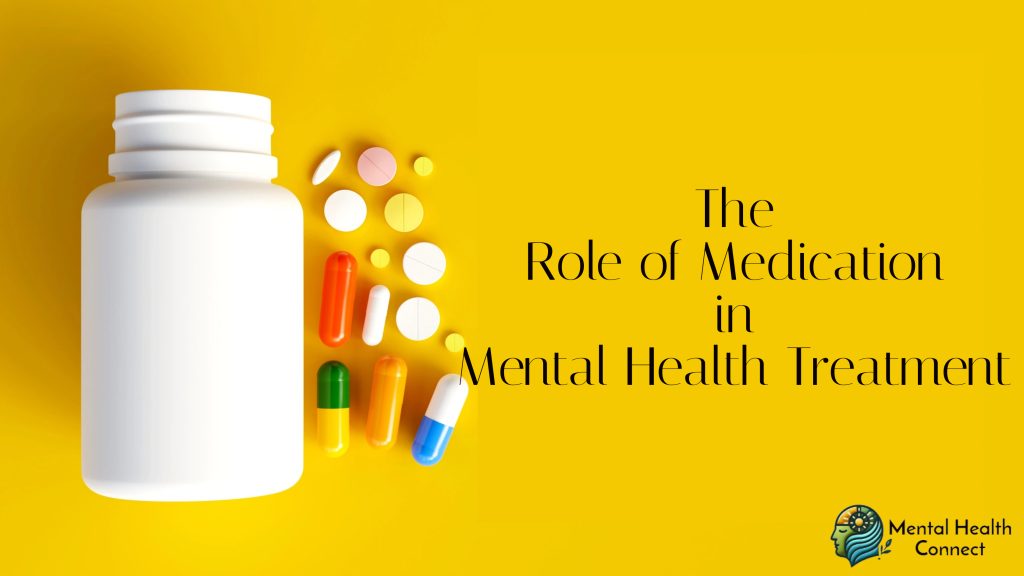
Although psychiatric drugs cannot treat mental health issues, they can greatly lessen their symptoms and enhance functioning. They function by restoring equilibrium to neurotransmitters, which are substances in the brain that influence behavior and mood. These drugs work best when combined with other forms of treatment, such as social support, lifestyle modifications, and psychotherapy.
Major Classes of Psychiatric Medications
Antidepressants
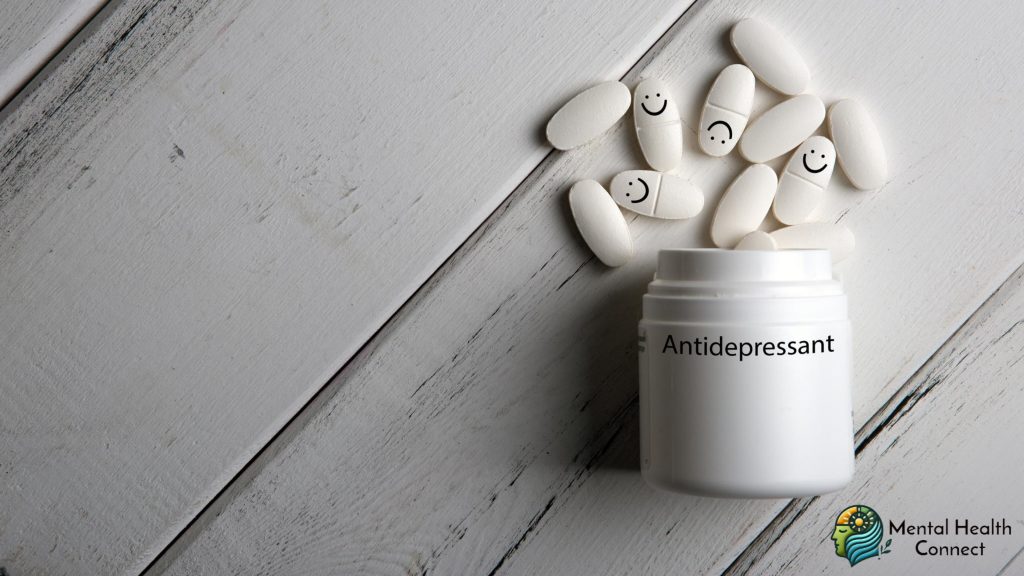
Antidepressants are among the most commonly prescribed psychiatric medications, used primarily to treat depression and anxiety disorders.
SSRIs (Selective Serotonin Reuptake Inhibitors)
How they work: By blocking its reabsorption, SSRIs raise serotonin levels in the brain.
Common medications:
- Fluoxetine (Prozac)
- Sertraline (Zoloft)
- Escitalopram (Lexapro)
- Paroxetine (Paxil)
- Citalopram (Celexa)
Typical uses:
- Major depressive disorder
- Generalized anxiety disorder
- Panic disorder
- Obsessive-compulsive disorder (OCD)
- Post-traumatic stress disorder (PTSD)
- Social anxiety disorder
Side effects may include:
- Nausea (usually temporary)
- Headaches
- Sleep changes
- Sexual dysfunction
- Initial increase in anxiety
Important to know: SSRIs typically take 4-6 weeks to reach full effectiveness. Compared to previous antidepressants, they typically have fewer side effects.
SNRIs (Serotonin-Norepinephrine Reuptake Inhibitors)
How they work: SNRIs raise the brain’s levels of serotonin and norepinephrine.
Common medications:
- Venlafaxine (Effexor)
- Duloxetine (Cymbalta)
- Desvenlafaxine (Pristiq)
- Levomilnacipran (Fetzima)
Typical uses:
- Major depressive disorder
- Generalized anxiety disorder
- Chronic pain conditions
- Fibromyalgia
- Diabetic neuropathy
Side effects may include:
- Similar to SSRIs
- May also cause increased blood pressure
- Increased sweating
Other Antidepressants
Bupropion (Wellbutrin) – Works on dopamine and norepinephrine; often used for depression and ADHD; less likely to cause sexual side effects or weight gain.
Mirtazapine (Remeron) – May help with sleep and appetite; useful for depression with insomnia.
Tricyclic Antidepressants (TCAs) – Older medications like amitriptyline, nortriptyline; used less commonly now due to side effects but effective for certain conditions.
MAO Inhibitors (MAOIs) – Rarely used first-line due to dietary restrictions and drug interactions, but effective for treatment-resistant depression.
Anti-Anxiety Medications
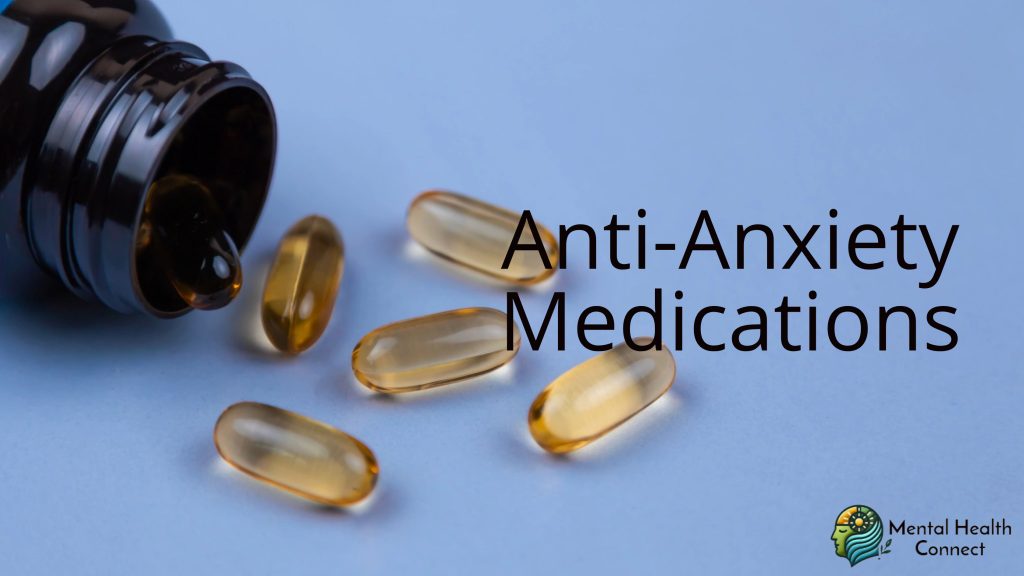
Benzodiazepines
How they work: Enhance the effect of GABA, a neurotransmitter that reduces brain activity.
Common medications:
- Alprazolam (Xanax)
- Clonazepam (Klonopin)
- Lorazepam (Ativan)
- Diazepam (Valium)
Typical uses:
- Acute anxiety
- Panic attacks
- Short-term anxiety relief
- Muscle relaxation
- Seizure control
Side effects may include:
- Drowsiness
- Dizziness
- Confusion
- Impaired coordination
- Memory problems
Important to know: Benzodiazepines work quickly but carry risks of dependence and tolerance. They’re typically prescribed for short-term use or occasional use during anxiety spikes.
Buspirone (BuSpar)
A non-benzodiazepine medication used specifically for anxiety that works more slowly but doesn’t cause dependence or sedation.
Antipsychotics

Antipsychotics help manage psychotic symptoms like hallucinations and delusions, as well as severe mood symptoms.
First-Generation (Typical) Antipsychotics
Examples:
- Haloperidol (Haldol)
- Chlorpromazine (Thorazine)
- Fluphenazine (Prolixin)
How they work: Block dopamine receptors in the brain.
Side effects may include:
- Movement disorders (tardive dyskinesia, akathisia)
- Muscle stiffness
- Tremors
- Sedation
Second-Generation (Atypical) Antipsychotics
Examples:
- Risperidone (Risperdal)
- Quetiapine (Seroquel)
- Olanzapine (Zyprexa)
- Aripiprazole (Abilify)
- Lurasidone (Latuda)
How they work: Affect multiple neurotransmitters, including dopamine and serotonin.
Typical uses:
- Schizophrenia
- Bipolar disorder
- Adjunctive treatment for depression
- Irritability in autism
- Tourette’s syndrome
Side effects may include:
- Weight gain
- Metabolic changes (increased blood sugar, cholesterol)
- Sedation
- Less likely to cause movement disorders than first-generation antipsychotics
Mood Stabilizers
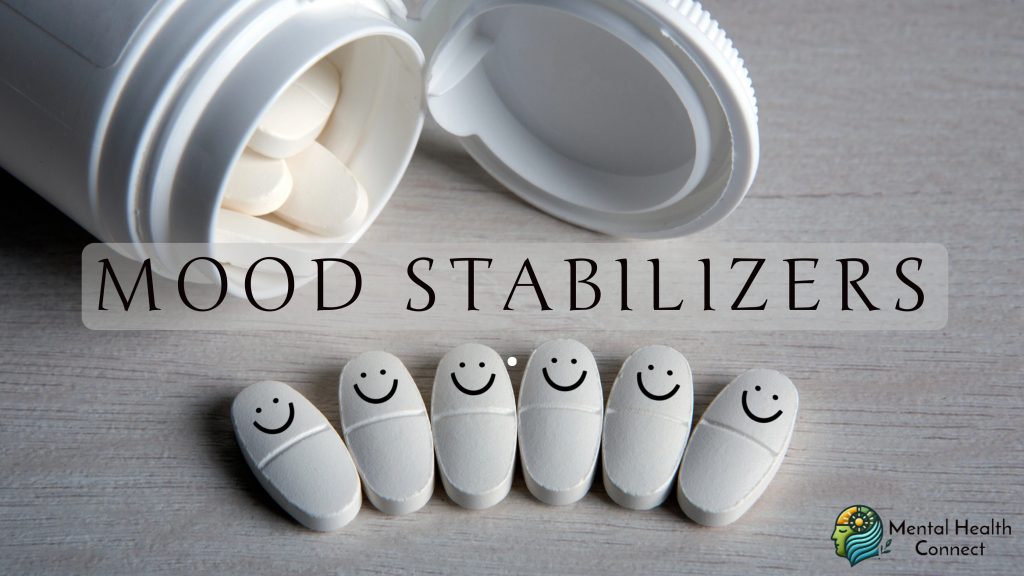
Mood stabilizers help regulate emotions and are particularly important in treating bipolar disorder.
Lithium
How it works: The exact mechanism isn’t fully understood, but it affects multiple neurotransmitter systems.
Typical uses:
- Bipolar disorder (particularly effective for mania and suicide prevention)
- Treatment-resistant depression (as an adjunct)
Side effects may include:
- Tremor
- Increased thirst and urination
- Nausea
- Thyroid problems
- Kidney effects with long-term use
Important to know: Requires regular blood tests to monitor levels and check kidney and thyroid function.
Anticonvulsants Used as Mood Stabilizers
Common medications:
- Valproate/Divalproex (Depakote)
- Lamotrigine (Lamictal)
- Carbamazepine (Tegretol)
- Oxcarbazepine (Trileptal)
Typical uses:
- Bipolar disorder
- Epilepsy
- Off-label for impulsivity and aggression
- Lamotrigine particularly for bipolar depression
Side effects vary by medication but may include:
- Dizziness
- Drowsiness
- Nausea
- Rash (particularly with lamotrigine)
- Blood cell or liver effects (requiring monitoring)
Stimulants and Non-Stimulants for ADHD
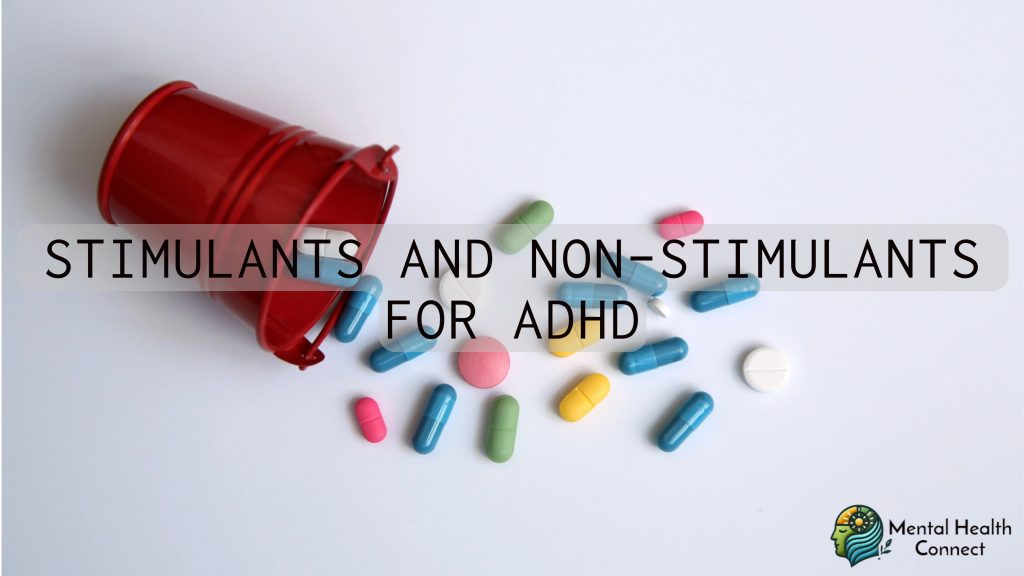
Stimulants
Common medications:
- Methylphenidate (Ritalin, Concerta)
- Amphetamine salts (Adderall)
- Lisdexamfetamine (Vyvanse)
How they work: Boost the brain’s dopamine and norepinephrine levels to enhance focus and lessen hyperactivity.
Side effects may include:
- Decreased appetite
- Sleep difficulties
- Increased heart rate and blood pressure
- Anxiety
Non-Stimulants for ADHD
Examples:
- Atomoxetine (Strattera)
- Guanfacine (Intuniv)
- Clonidine (Kapvay)
These provide alternatives for those who can’t tolerate stimulants or have concerns about stimulant medications.
Special Considerations
Medication Use During Pregnancy and Breastfeeding
Mental health treatment during pregnancy requires careful weighing of risks and benefits. Untreated mental illness during pregnancy carries risks, but some medications may affect fetal development. Work closely with both psychiatric and obstetric providers to develop a safe treatment plan.
Medications for Older Adults
Older adults often metabolize medications differently and may be more sensitive to side effects. They may also take multiple medications for various conditions, increasing the risk of drug interactions. Lower starting doses and careful monitoring are often necessary.
Children and Adolescents
Some psychiatric medications have different effects or risks in young people. For example, antidepressants carry a black box warning about increased suicidal thinking in adolescents and young adults. Close monitoring is essential when young people start psychiatric medications.
The Medication Journey: What to Expect
Starting a New Medication
When beginning psychiatric medication, remember:
- Effects are rarely immediate (except for some anti-anxiety medications)
- Side effects often appear before beneficial effects
- Initial side effects may diminish over time
- Finding the right medication may take trial and error
- Never stop medication abruptly without medical supervision
Questions to Ask Your Provider
Before starting a psychiatric medication, consider asking:
- What symptoms should this medication help?
- How long before I might notice improvement?
- What side effects are common, and which require immediate attention?
- How will this medication interact with others I take?
- How long will I need to take this medication?
- What happens if I miss a dose?
- Are there lifestyle modifications, foods, or substances I should avoid?
- What monitoring (blood tests, etc.) will be needed?
Medication Adherence
Taking medication as prescribed is crucial for effectiveness. If you’re struggling with adherence, discuss this with your provider. Potential solutions include:
- Simplified dosing schedules
- Medication reminder apps
- Pill organizers
- Addressing side effects that make adherence difficult
- Finding more affordable medication options
Common Myths About Psychiatric Medications
Myth: Psychiatric medications change your personality
Reality: Effective medication should help you feel more like yourself by reducing symptoms that interfere with your natural personality.
Myth: Taking psychiatric medication is a sign of weakness
Reality: Taking medication for mental health is no different than taking medication for physical conditions. It’s a sign of strength to seek appropriate treatment.
Myth: Once you start psychiatric medication, you can never stop
Reality: Many people take medication for a limited time. Others may need longer-term treatment, similar to chronic conditions like diabetes or hypertension.
Myth: Psychiatric medications are addictive
Reality: Most psychiatric medications are not addictive, though some (like benzodiazepines) can lead to physical dependence with long-term use.
Complementary Approaches
Medication often works best when combined with:
- Psychotherapy (cognitive-behavioral therapy, interpersonal therapy, etc.)
- Lifestyle modifications (exercise, sleep hygiene, nutrition)
- Stress management techniques
- Social support
- In some cases, treatments like transcranial magnetic stimulation (TMS) or electroconvulsive therapy (ECT)
Psychiatric medications can be powerful tools in managing mental health conditions and improving quality of life. Understanding how they work, what to expect, and how to communicate effectively with healthcare providers can help you make informed decisions about your treatment.
Remember that medication is just one component of mental health care. A holistic approach combining medication when appropriate with therapy, lifestyle changes, and social support often provides the best outcomes.
Disclaimer: This article provides general information about psychiatric medications and is not a substitute for professional medical advice. Never make changes to your medication regimen without consulting your healthcare provider. If you experience concerning side effects, contact your provider immediately.
-
 How Lifestyle Changes Can Improve Sexual HealthApril 3, 2025
How Lifestyle Changes Can Improve Sexual HealthApril 3, 2025 -
 Treatment Options for Erectile DysfunctionApril 3, 2025
Treatment Options for Erectile DysfunctionApril 3, 2025
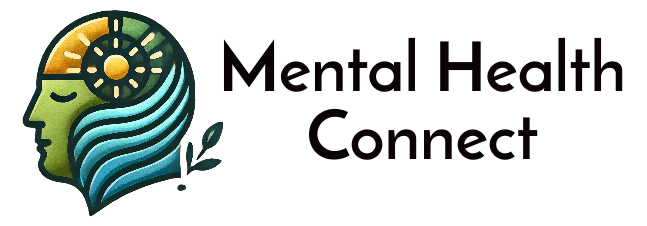
Leave a Reply